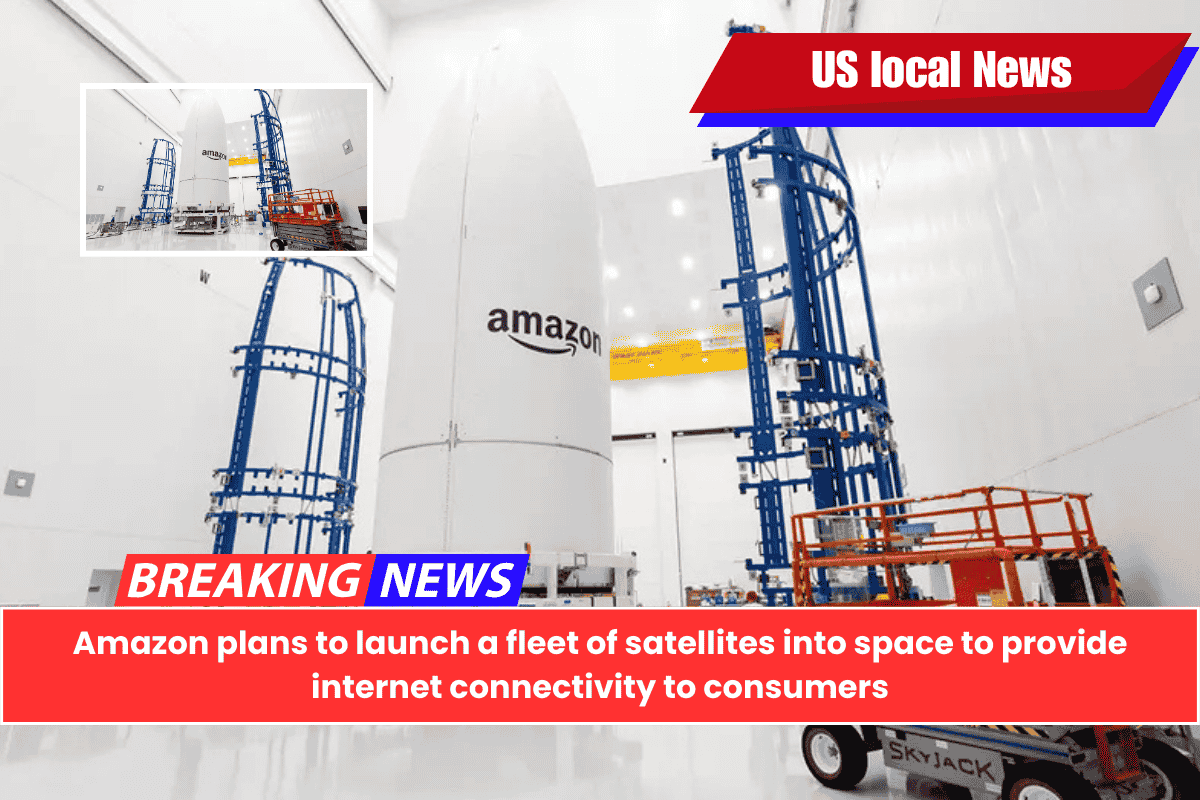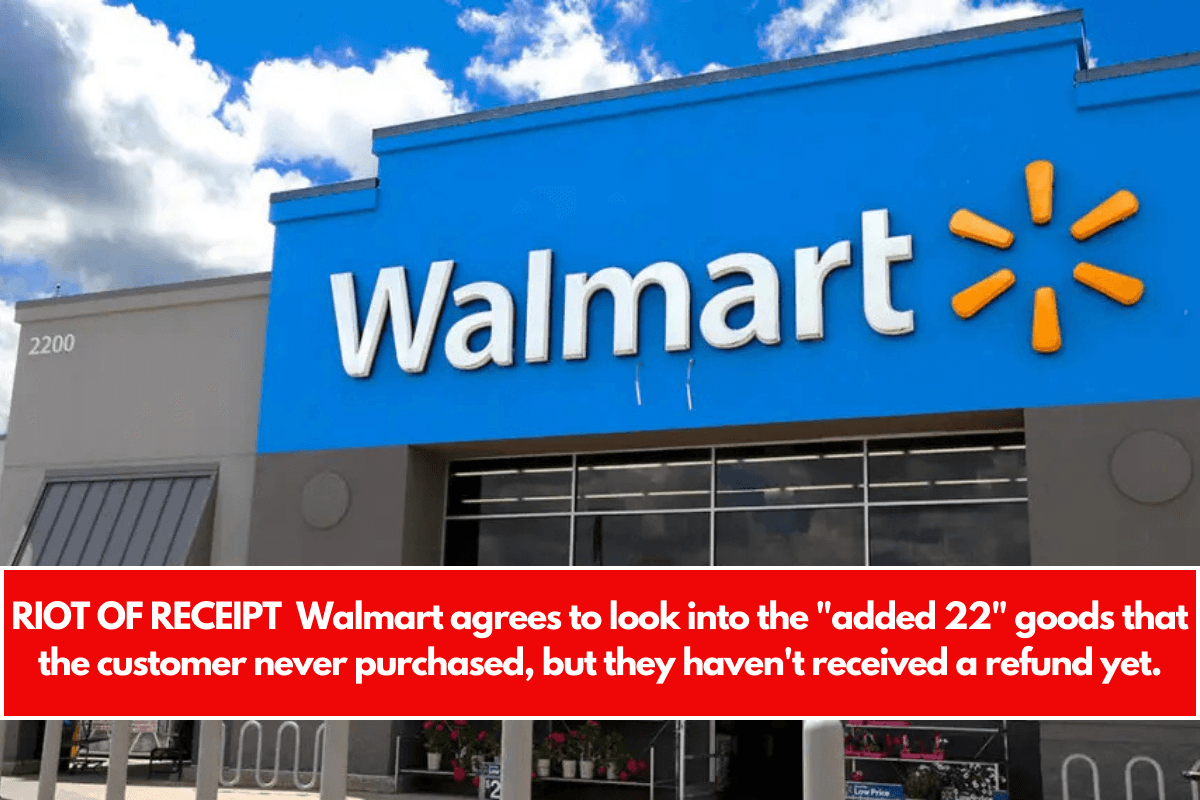Amazon’s Project Kuiper this month will launch more than two dozen satellites into space, a step the company said will lead toward bringing fast, reliable internet to customers worldwide.
The mission, known as “KA-01” for Kuiper Atlas 1, will launch from Cape Canaveral Space Force Station in Florida aboard a United Launch Alliance (ULA) Atlas V rocket.
According to Amazon, 27 satellites will be deployed at an altitude of 280 miles above the Earth.
The launch, which will be livestreamed 20 minutes before liftoff, is set for no earlier than 12 p.m. EDT on April 9.
ULA will oversee the launch and deployment sequence from its Advanced Spaceflight Operations Center at Cape Canaveral Space Force Station.
After all of the satellites have separated from the rocket, the Kuiper team will manage the constellation from its mission operations center in Redmond, Washington.
“Our initial objective for the KA-01 mission is to deploy all of the satellites safely in orbit, which means they can independently maneuver and communicate with our team on the ground,” according to a statement. “To do so, once the satellites have successfully separated from the rocket, they will begin a series of mostly automated steps to activate onboard systems and use their electric propulsion systems to gradually ascend to their assigned orbit of 392 miles.”
On orbit, the satellites will travel at speeds greater than 17,000 miles per hour, circling the planet every 90 minutes.
While the satellites are in orbit, the team will send data from the internet, through ground infrastructure, up to the satellites, and down to customer terminal antennas before repeating the process in the opposite direction.
Project Kuiper will provide high-speed, low-latency internet to almost any location on Earth.
The satellite system will include more than 3,200 advanced low-Earth orbit satellites, and the company has already planned more than 80 launches, according to a statement.
Amazon expects to begin delivering its internet service to customers later this year.
“We’ve designed some of the most advanced communications satellites ever built, and every launch is an opportunity to add more capacity and coverage to our network,” Rajeev Badyal, vice president of Project Kuiper, wrote in the statement. “We’ve done extensive testing on the ground to prepare for this first mission, but there are some things you can only learn in flight, and this will be the first time we’ve flown our final satellite design and the first time we’ve deployed so many satellites at once.”
Badyal added that no matter how the mission unfolds, “this is just the start of our journey, and we have all the pieces in place to learn and adapt as we prepare to launch again and again over the coming years.”
Amazon stated that the satellites flying on KA-01 are a “significant upgrade” over the two prototype satellites tested in October 2023 during its Protoflight mission.
“We have improved the performance of every system and sub-system on board, including phased array antennas, processors, solar arrays, propulsion systems, and optical inter-satellite links,” the statement says.
| Ticker | Security | Last | Change | Change % |
|---|---|---|---|---|
| AMZN | AMAZON.COM INC. | 196.01 | +3.84 | +2.00% |
The satellites are also coated in a dielectric mirror film that reflects sunlight to make them less visible to people on the ground.
Over the next few years, Kuiper and ULA teams will coordinate seven more Atlas V launches and 38 launches on ULA’s larger Vulcan Centaur rocket, according to the statement.
Other launch providers, such as Arianespace, Blue Origin, and SpaceX, have planned an additional 30 launches.
Following KA-01, Amazon stated that it will continue to increase its production, processing, and deployment rates.
It has already begun shipping and processing satellites for its next mission, KA-02, which will also launch from Cape Canaveral Space Force Station aboard a ULA Atlas V rocket.



















